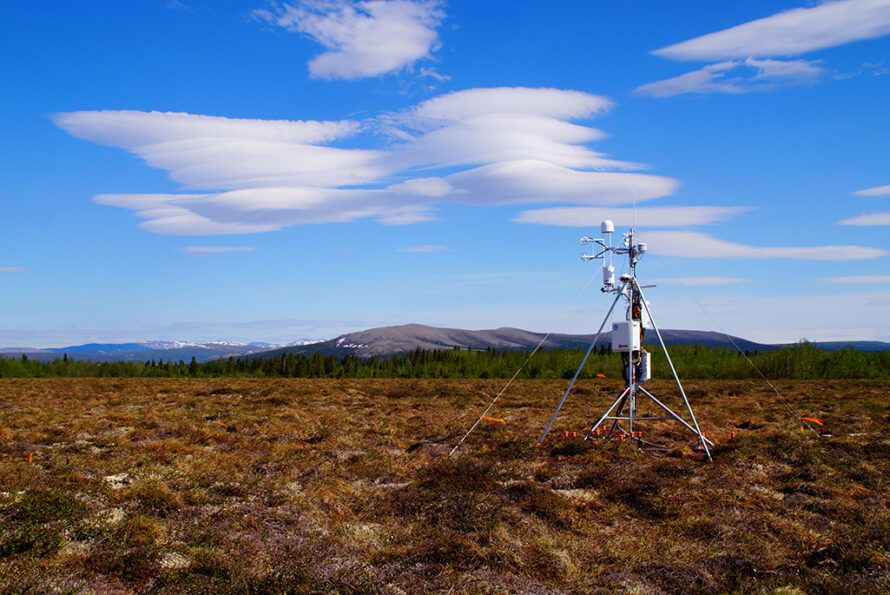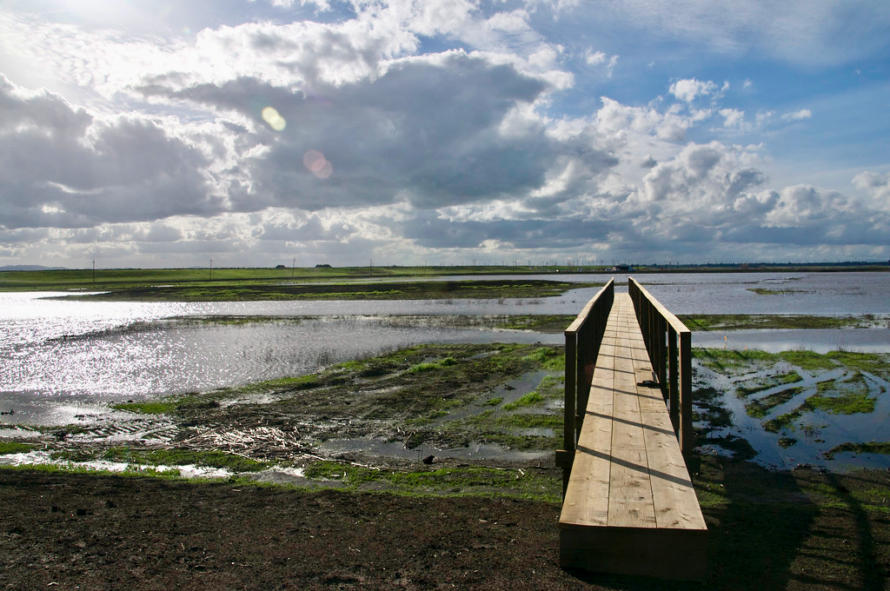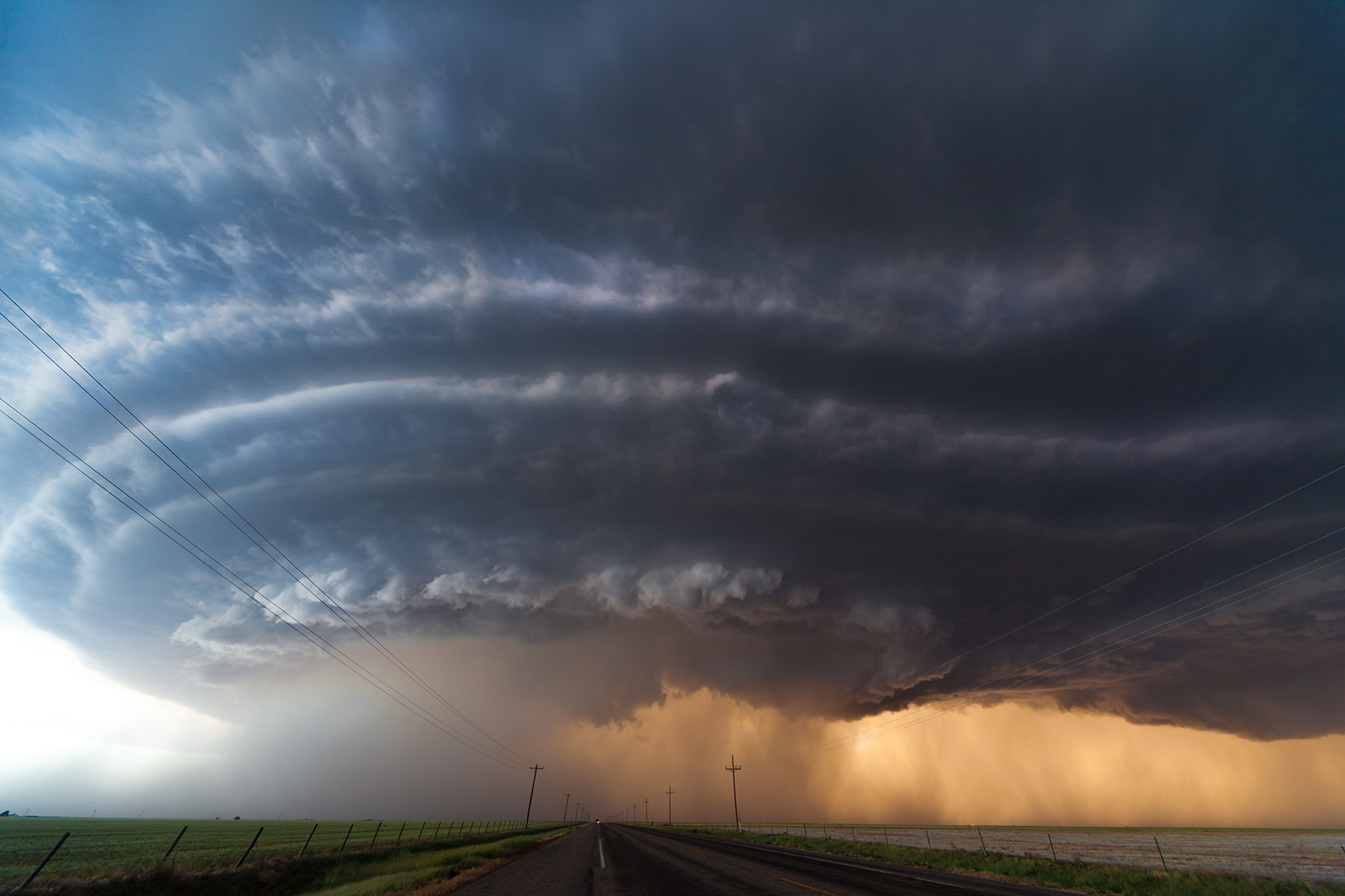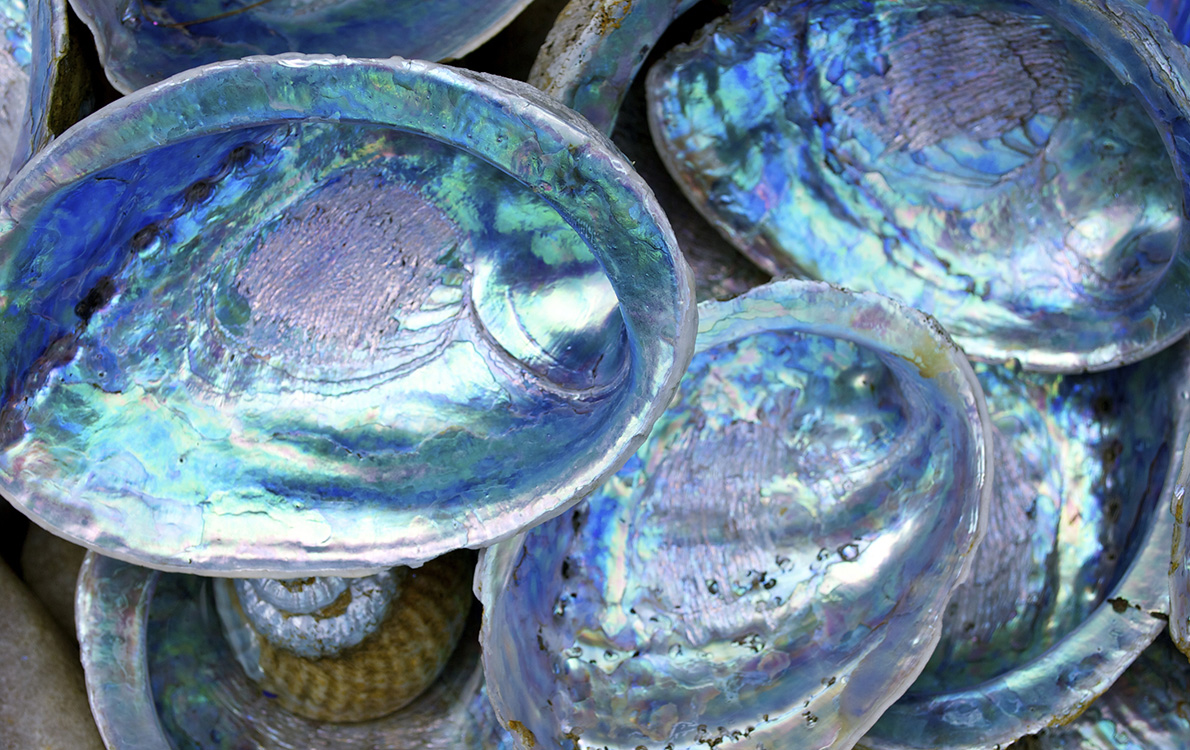Exactly how does coral make its skeleton, a sea urchin grow a spine, or an abalone form the mother-of-pearl in its shell? A new study at the Advanced Light Source at the Department of Energy’s Lawrence Berkeley National Laboratory (Berkeley Lab) revealed that this process of biomineralization, which sea creatures use to lock carbon away in their bodies, is more complex and diverse than previously thought.
Researchers studied the edges of samples from coral, sea urchin, and mollusks, where temporary building blocks known as “mineral precursors” start to form the new shell or skeleton. There, they found a surprise: Corals and mollusks produced a mineral precursor that had never been observed before in living organisms, and had only recently been created synthetically.
They also found variety in the types of building blocks present. Scientists expected to see “amorphous” precursors, minerals that lack a repeating atomic structure. They did – but they also found “crystalline” precursors, minerals that are more structured and orderly. The research is published in the journal Nature Communications.
“As a physicist, I find it fascinating that so much of life, and biology in general, is harnessing the beauty of physics to gain evolutionary advantages.”
– Pupa Gilbert
“One fascinating observation is that coral skeletons and mollusk mother-of-pearl form with exactly the same precursors, yet they evolved completely separately from one another,” said Pupa Gilbert, a visiting faculty scientist at Berkeley Lab and professor at the University of Wisconsin, Madison. She noted that the two species began making biominerals long after they diverged from one another on the tree of life.
“That’s cool because it means making a biomineral that way, with so many precursors, is an evolutionary advantage – energetically, thermodynamically, or some other way,” Gilbert said. “As a physicist, I find it fascinating that so much of life, and biology in general, is harnessing the beauty of physics to gain evolutionary advantages.”
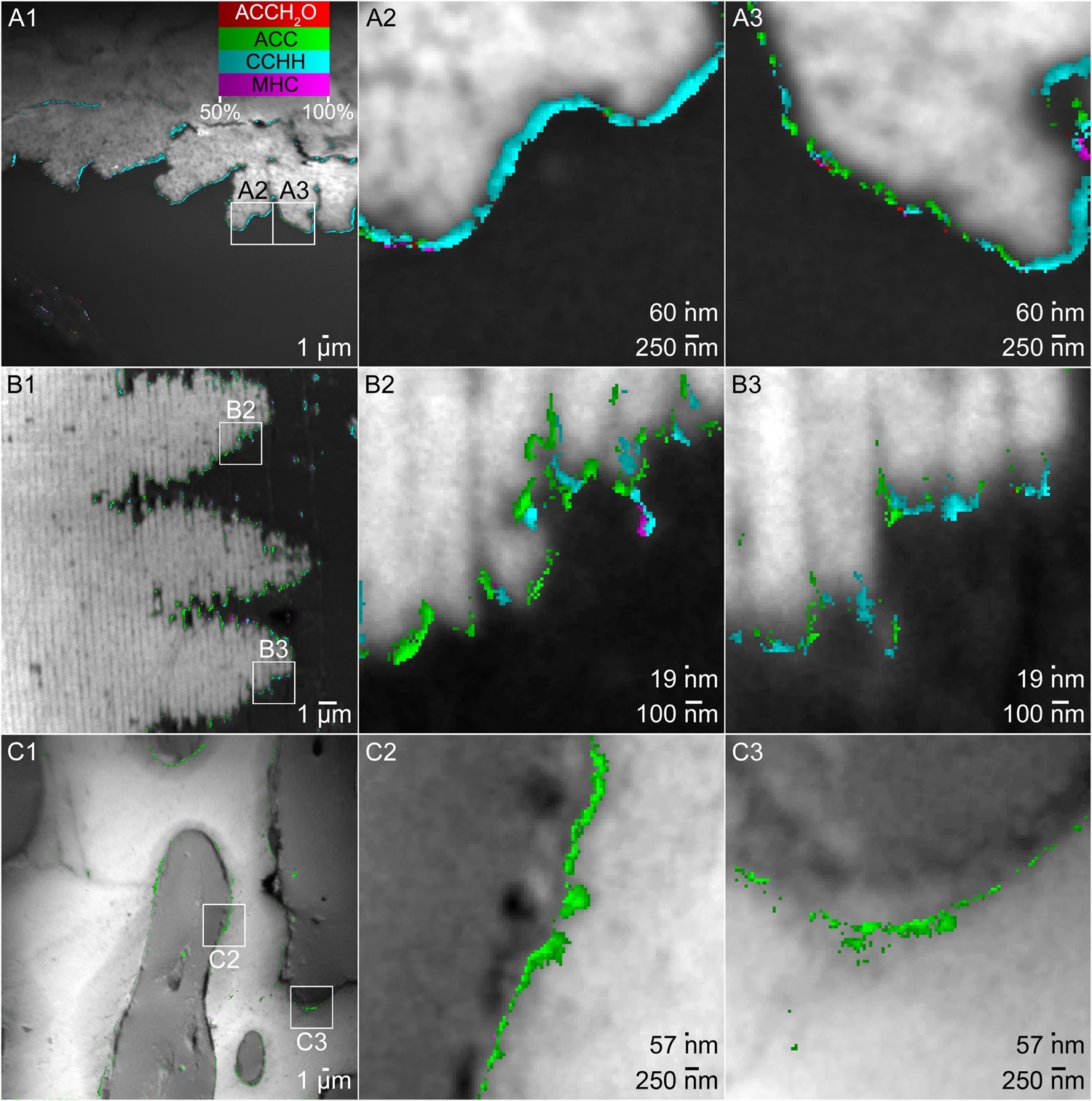
Researchers imaged biominerals in sea creatures, including coral skeleton (top line), abalone shell nacre (middle line), and sea urchin spine (bottom line). The middle and right columns magnify the sections indicated by boxes in the left images. Using Myriad Mapping, the images are overlaid with colors showing what minerals are present. Cyan areas show an unexpected mineral (CCHH) alongside other building blocks (red, green, and magenta).
Scientists also found different proportions of the building blocks present in different species. The surprise mineral precursor, calcium carbonate hemihydrate (CCHH), and another building block (monohydrocalcite, or MHC) were both found in corals and mollusks. But CCHH and MHC only showed up in trace amounts in sea urchin spines – suggesting that different animals take different approaches to biomineralization.
Researchers made the discovery using the Advanced Light Source (ALS), a circular particle accelerator that produces intense beams of light. The ALS can act like a powerful microscope, providing information about the atomic and chemical structure of samples. Scientists used two different techniques to study the surface of the materials and their chemical makeup, revealing the unexpected mineral as well as the variety of building blocks.
“It is tremendously complicated to run these experiments, because we have to analyze the samples right away, while they are fresh, to see the precursors as the biominerals are forming,” Gilbert said. “If we wait just one day, we miss these phases that only exist transiently. At Berkeley Lab, we have this unique capability where we can prepare the samples on site and then have access to this fantastic beam and microscopes that are the best in the world and give us the nanoscale resolution and depth sensitivity we need.”
To study mineral particles at this minuscule level, researchers also developed a new method called “Myriad Mapping.” The technique makes it possible to visualize all the different types and relative concentrations of minerals in one image; previous methods limited researchers to only three types of minerals. The approach may also have applications in other fields ranging from the atomic to the cosmic scale.
Gilbert and her collaborators have ongoing research looking at how the increasing acidity of ocean water affects the way sea creatures make biominerals. Understanding the process is key to predicting how marine life will respond to environmental changes such as more acidic oceans caused by climate change.
The Advanced Light Source is a DOE Office of Science User Facility.
###
Lawrence Berkeley National Laboratory (Berkeley Lab) is committed to delivering solutions for humankind through research in clean energy, a healthy planet, and discovery science. Founded in 1931 on the belief that the biggest problems are best addressed by teams, Berkeley Lab and its scientists have been recognized with 16 Nobel Prizes. Researchers from around the world rely on the lab’s world-class scientific facilities for their own pioneering research. Berkeley Lab is a multiprogram national laboratory managed by the University of California for the U.S. Department of Energy’s Office of Science.
DOE’s Office of Science is the single largest supporter of basic research in the physical sciences in the United States, and is working to address some of the most pressing challenges of our time. For more information, please visit energy.gov/science.
